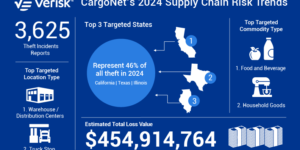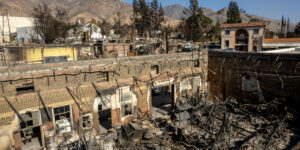Homeowners in areas most at risk of damage from hurricanes, wildfires and other climate perils pay far more for insurance than those who live in the least exposed areas, according to a U.S. Treasury Department study released on Thursday.
The survey found homeowners living in areas most at risk paid an average annual premium of $2,321, 82 percent higher than those who lived in areas least likely to be hit by damaging weather events.
Those living in the riskiest areas also were more likely to be dropped by their insurers, the study of more than 246 million homeowners insurance policies between 2018 and 2022 found.
Insurance prices have risen broadly across the United States in recent years, as the industry has grappled with rising construction costs and a rise in extreme weather events linked to rising global temperatures.
Climate change is fueling more powerful and destructive storms.
The Treasury Department study found that average homeowner premiums increased 8.7 percent faster than the rate of inflation between 2018 and 2022.
Wildfires have ravaged large swaths of Los Angeles over the past week, killing at least 25 people and destroying more than 12,000 homes.
Analysts estimate as much as $45 billion in insured losses, and insurance premiums are expected to rise in the wake of the disaster.
Hurricanes also ravaged wide swaths of the southeastern United States last fall.
Previous disasters have thrown state insurance markets into turmoil, with residents of Florida and Louisiana struggling to find affordable coverage.
(Reporting by Andy Sullivan; Editing by Chris Reese and Deepa Babington)





















 Rapid Response Effort Initiated to Respond to Fraud After Wildfires
Rapid Response Effort Initiated to Respond to Fraud After Wildfires  New Commercial Auto Exposures: The Evolution of Terror Liability Risk
New Commercial Auto Exposures: The Evolution of Terror Liability Risk  Study Shows Some Buildings Along Miami Coastline Are Sinking
Study Shows Some Buildings Along Miami Coastline Are Sinking  Mercury General Gives Reinsurance Update: One or Two Events Still TBD
Mercury General Gives Reinsurance Update: One or Two Events Still TBD 